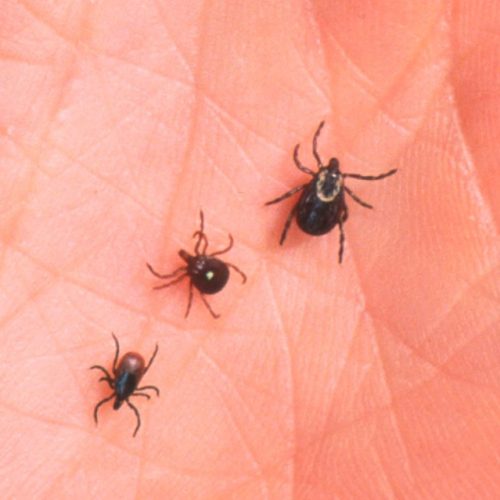The monsoon season has started in most parts of India. While monsoon brings with it the excitement of getting wet in the rains, long walks in the cool weather, hot chai, and pakoras, it is not such great weather for dogs. This is considered the breeding season for ticks and fleas. Your dog can easily get infested with ticks leading to complications from mild infections to sometimes fatalities. But there is no need to panic if you spot a tick on your pet as long as you are handling it the correct way.
Around 8 years back, my previous dog Scotty had come down
with a severe case of tick fever and that is when I first learnt that tick
bites could be serious as well. With platelet count dropping, he needed urgent
blood transfusion. Luckily for us, we were able to find a donor in Snowy – an Indie
that was part of the pack we cared for and used to live mostly in our basement
car park. Even with the transfusion and medications, it was almost a fortnight
before Scotty was back to his usual self.
Now with the monsoons setting in, and stray incidents of ticks being spotted, I thought it was apt to share some information on ticks, what symptoms to look out for in case of tick fever and how it can be handled.
What Are Ticks
Ticks are basically bugs that latch onto the skin and suck the blood. They can be very small, like the size of a pencil tip and as they suck the blood over a period of time they grow in size. If left unattended, ticks may fall off after a few days after they become bloated with blood. They belong to the spider family and have 8 legs. They breed in the monsoon season and are typically found in the grass, trees, and shrubs. Ticks latch on to our pets when they come in contact with these surfaces. They can also transfer from one body to another when in contact, between animals and humans as well.

What Risks Do Tick Pose
Often, tick bites don’t pose a threat and don’t have any visible symptoms. This is the reason why they go unnoticed many times. However, if left undetected they can multiply and cause serious harm. They can also sometimes cause allergic reactions and infections that can turn serious. In dogs, tick fever can turn life threatening also – sometimes requiring blood transfusions. That is why it is important to check your dog regularly after walks, for ticks.
Symptoms Of Tick Fever
Not all dogs that have ticks get tick fever. In extreme cases, undetected ticks carrying infections can bring on tick fever. Usually, it takes a week to 10 days for the symptoms to show up. The most common symptoms of tick fever in dogs include:
- – Loss of appetite
- – Dry snout
- – Vomiting or diarrhea
- – Breathing difficulties
- – High fever of 105°F
- – Confusion / Disoriented
If you notice any of the symptoms, consult your vet immediately for diagnosis and treatment.
In humans, tick bites are not so severe. You may notice itching, burning, or redness at the bite site. It should go away on its own. However, if you experience swelling, nausea, weakness, joint pains, or breathing difficulties do consult your doctor immediately.
How Can I Check For Ticks On My Dog
Check your pets every day for ticks, especially after they have been outdoors. Ticks love warmth & moisture. So once they attach themselves to your pet they will set up home in-between toes, ear lids, eyelids, legs, etc

via Google Images
What Should I Do If I Find Ticks On My Dog
Once you spot a tick, remove it as quickly as possible even if you find it queasy to do so.
- Preferably use a tool to remove the tick such as tweezers
- Grasp the tick as close as possible to the skin’s surface and pull straight up & away from the skin.
- Do not bend or twist the tick if it has a stubborn hold. Apply steady pressure instead to detach it from the skin.
- After removing the tick, check the area to make sure that part of the tick’s head or mouth is not left behind. Sometimes, you may find a baby tick underneath too. Remove all residues.
- Clean the bite site with soap and water.
Remember, checking and grooming your dog regularly can keep them tick-free. Use an anti-tick and anti-flea shampoo while bathing them. Use anti-tick collar, drops, spray or powder available easily in the market, like the ones below.
If administering an anti-tick tablet, always consult your vet as these are dependent on various other factors, including the weight of the dog. Ticks can survive on furniture, clothes, and even walls for many days inside the house. So remember to keep your environment clean and sanitized.
If you have had experiences with handling ticks, do share them through the comments below. And if you liked this blog, do lookout for the next in the series about monsoon care for dogs. Happy pet parenting!
This post is a part of Blogchatter Half Marathon.




Very informative! Have shared the same with my family.
Thanks. It’s very useful and important information for 1st time pet parents like us.
Thank you Varun. Glad you found this useful. Will try to share more such learnings from my experices as a pet parent. Hope you find them useful as well. Happy pet parenting.